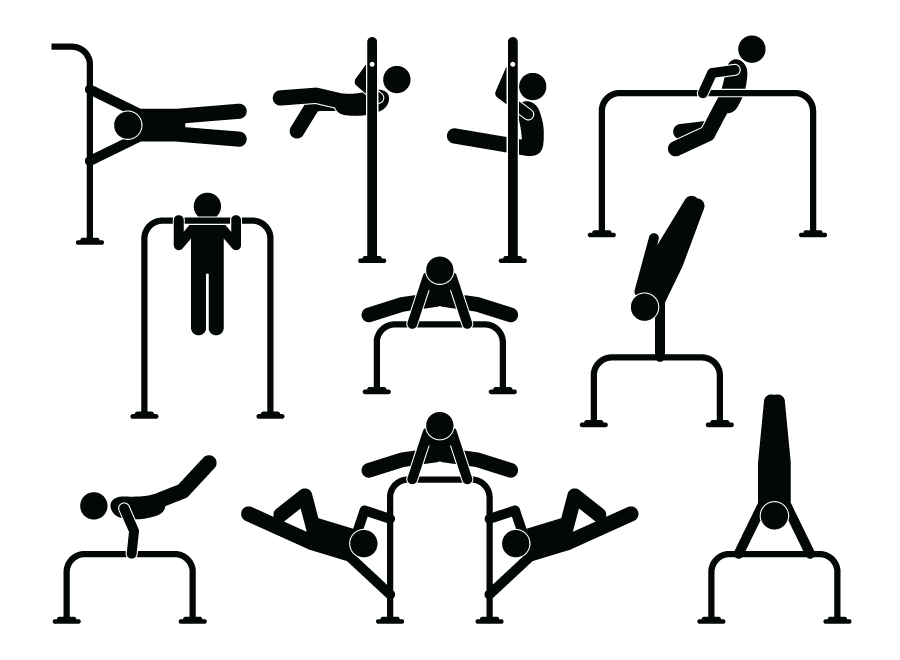Breaking Down Design Barriers
Concurrent design allows simultaneous integration and collaboration throughout the design process.
With the complexity of today’s electronics designs, the traditional linear approach to PCB design and development is outdated and lacking efficiency. The evolution of PCB design and development methodology has led us to the age of digital thread and the digital twin. Getting to market in the shortest amount of time, with highest quality of product, and at the lowest project cost is the goal for most. There is no room for errors throughout the entire design cycle, or costly project delays. This is where concurrent design can make a huge impact. Concurrent design is an approach that changes the way projects are conceived, developed and executed. It prioritizes multidomain collaboration, iterative processes, and cross-disciplinary communication.
Concurrent design, also known as simultaneous engineering or parallel design, is a methodology that aims to break down barriers between different stages and disciplines of project development. It involves multiple disciplines and multiple domains simultaneously integrating and collaborating throughout the entire design process from the very beginning. The days are long gone where multiple disciplines and domains working in silos was best practice – if it ever was. Unlike the traditional linear approach, where one phase is completed before moving on to the next, concurrent design encourages teams to work in parallel, sharing insights, ideas and expertise throughout the project lifecycle.

With concurrent design, multiple engineers can work simultaneously in the same project database in real time. More specifically, within the same PCB schematic, constraints and layout database. With multiple team members attacking a design simultaneously, typical design edits will appear dynamically to all active users within the database. Constraint edits are performed in a controlled and methodical process to mitigate any design rule conflicts that may present themselves while making rule changes within the constraints.
Key benefits of concurrent design are:
- Enhanced collaboration: Concurrent design encourages diverse teams, with experts from various disciplines, to collaborate closely. This fosters an exchange of ideas, leading to innovative solutions that might not emerge in a siloed environment.
- Faster time to market: By allowing different stages of the design process to occur simultaneously, concurrent design reduces project timelines. This can be particularly advantageous in industries where rapid product development is crucial to staying ahead of the competition.
- Improved problem solving: Complex challenges often require insights from different angles. Concurrent design can help designers identify potential issues early in the process and address them before they escalate.
- Reduced rework: With constant feedback and cross-disciplinary input, the chances of errors or misunderstandings are minimized. This leads to fewer revisions and less rework, ultimately saving time and resources.
- Flexibility and adaptability: In rapidly changing environments, concurrent design allows teams to adapt to new information and shifts in priorities more effectively, as they are already accustomed to dynamic collaboration. The ability for engineering teams to adapt to design changes on the fly and minimize the negative impact they have on the project schedule and budget is significantly increased.
With the evolution of today’s engineering teams and EDA tools, concurrent design is the superior approach to PCB design and development. As an example, while creating or editing the schematic, you could have two or three users actively working simultaneously. This means you can have multiple electrical engineers (EEs) working in the schematic at the same time. You can also have multiple PCB designers working in the layout at the same time. In either scenario, multiple users can actively provide effort all at the same time and all in the same database in real time.
Multiple EEs and PCB designers working simultaneously (in parallel) in one project database is the essence of concurrent design. The level of human effort that can now be harnessed and translated to raw horsepower to get the job done faster at a higher quality, more efficiently, and on schedule is the true beauty of concurrent design. Implementing concurrent design within the project design cycle significantly increases the potential for reducing the overall project schedule while enabling multidisciplinary and multidomain collaboration to produce a better-quality product faster. It enables optimization of multidiscipline integration and collaboration within the PCB database as well as optimized team utilization. The value to get from this is you can accelerate design cycle time, reduce development duration and cost, as well as improve design process optimization and efficiency. With real-time concurrent engineering, you can also enable simultaneous multiuser and multidiscipline contributions. This is what makes concurrent design methodology a game changer.
Concurrent design is a powerful evolution from traditional linear project development, enabling teams to embrace collaboration, adaptability, and innovation. By involving diverse experts from different domains and disciplines from the outset and creating iterative processes, you can achieve quicker results, higher-quality outcomes, and a more efficient allocation of resources. As technological complexities increase, embracing and implementing concurrent design methodology is the key to staying ahead in our evolving industry. 
Stephen Chavez is a senior printed circuit engineer with three decades’ experience. In his current role as a senior product marketing manager with Siemens EDA, his focus is on developing methodologies that assist customers in adopting a strategy for resilience and integrating the design-to-source Intelligence insights from Supplyframe into design for resilience. He is an IPC Certified Master Instructor Trainer (MIT) for PCB design, IPC CID+, and a Certified Printed Circuit Designer (CPCD). He is chairman of the Printed Circuit Engineering Association (PCEA); stephen.chavez@siemens.com.


